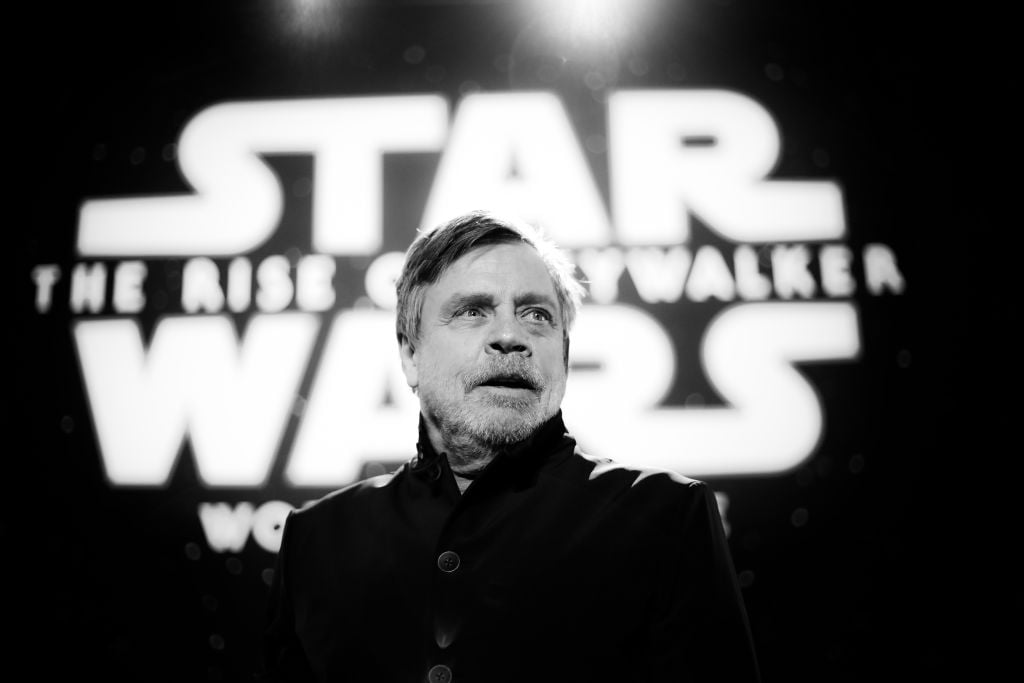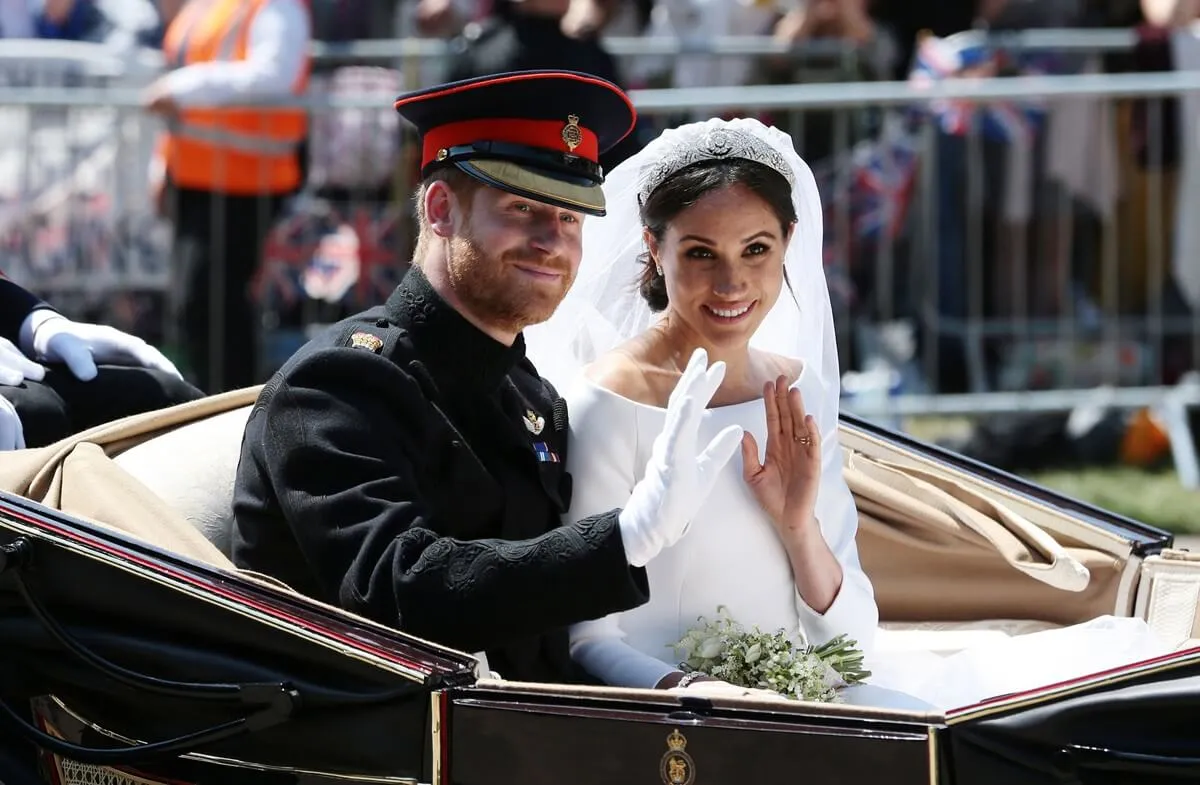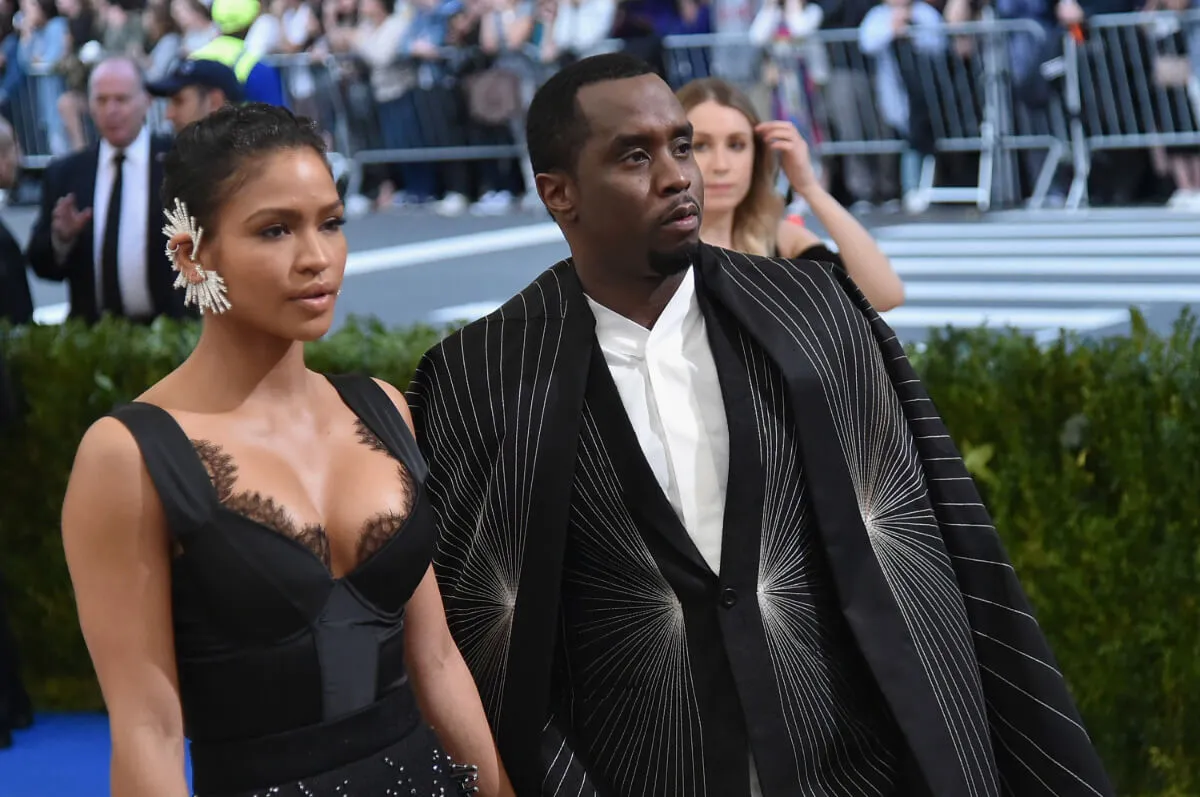The Worst Moment in ‘Star Wars: The Rise of Skywalker’ Sums Up Everything Wrong with the Film
With J.J. Abrams returning to the director’s chair, Star Wars fans were hopeful The Force Awakens filmmaker could bring the sequel trilogy to a satisfying close. Alas, Star Wars: The Rise of Skywalker was only the latest in a long line of Abrams projects to falter in its finale. After all, the director has something of a reputation for failing to provide answers.
Upon its release, Star Wars: The Rise of Skywalker earned the worst critical reviews of the saga. Rather than triumphantly striding across the finish line, it stumbled its way to the end credits. Many fans singled out a big “Reylo” moment and Palpatine’s (Ian McDiarmid) return as some of The Rise of Skywalker‘s biggest problems. But the film’s faults are all encapsulated in one scene: the brief return of Luke Skywalker (Mark Hamill).

‘Star Wars: The Rise of Skywalker’ tries to please everyone and fails
During a moment of personal conflict, Rey (Daisy Ridley) journeys to Ahch-To, the same island to which Luke exiled himself. In a fit of rage, she throws Luke’s lightsaber into the flaming ship. And her former master emerges as a Force ghost, catching it. In a playful reversal of his first scene in The Last Jedi, Luke lectures Rey about treating the Jedi weapon with more respect.
That line has particularly stuck out to fans. Those who want to see it as a rebuke of The Last Jedi can read it as such. But the moment is delivered in a non-threatening way that honors Luke’s arc from the previous film. When he sacrificed his life to further the Resistance’s cause, he has already realized cutting himself off from the Force and his friends was foolish.
Yet, already the scene attempts to be all things to all types of Star Wars fans. Rather than pushing Rey’s arc forward, Luke’s appearance — and, by design, the entire sequence — is little more than a weak attempt to retcon or retread ground that previous entries in the Star Wars universe had already covered. And Luke’s inevitable ghostly return only gets worse from there.
Director J.J. Abrams turns to cheap nostalgia over logical storytelling
From here, fans get another walk down memory lane. Just as Obi-Wan (Alec Guinness) taught Luke about truth “from a certain point of view,” Luke drops an expository monologue about how Leia knew Rey’s true heritage. This conversation does give fans the sole highlight of seeing young Leia in a training session with her brother. But it leads directly into the lowest point.
Once Luke convinces Rey to voyage to Exegol, she needs a ship to get there. And so to build up to its third act, Star Wars: The Rise of Skywalker reenacts an unforgettable moment in The Empire Strikes Back. Channeling his inner Yoda, Luke — as a Force ghost, no less — lifts his neglected X-wing out of the ocean. John Williams’ “Yoda’s Theme” soars, but the feeling isn’t the same.
The focus at this point in the story should be on keying up Rey’s mission to confront her grandfather. Yet, The Rise of Skywalker opts for cheap nostalgia instead. Even though the moment is beyond salvation, Hamill falls short too with a hammy turn that embodies the very worst example of fan service. It’s more of a deflating reference than a thrilling plot development.
Worst of all, it legitimizes toxic fans and undercuts Rey’s heroic journey
Perhaps most troubling is how this misguided callback does a disservice to Rey.
The sequel trilogy hinges on her ascension to become the galaxy’s next hope. The return to Ahch-To is already a mistake. But if Rey had lifted the X-wing herself, it would have proved how far her power had come. After all, she did Force-wrestle with Kylo Ren (Adam Driver) over a transport earlier in the film. So lifting a measly X-wing shouldn’t be much of a chore.
But again, that wouldn’t serve the movie’s goals. Star Wars: The Rise of Skywalker is a movie that thinks revisiting and remixing everything that’s come before amounts to a satisfying conclusion. While this works to revive the saga in The Force Awakens, the concluding chapter of the Skywalker saga is a very different case.
Abrams’ film — in this moment and overall — takes the quick, easy path. It’s not a culmination but Star Wars‘ greatest hits. Need a villain? Here’s the O.G. Sith Lord! Hey, remember how Luke couldn’t lift that X-wing? Now he can, even in death! A few instances, such as Harrison Ford’s cameo, do serve the characters and their stories.
But overall, The Rise of Skywalker proves the saga’s final installment might have been better off left in the hands of Colin Trevorrow.


